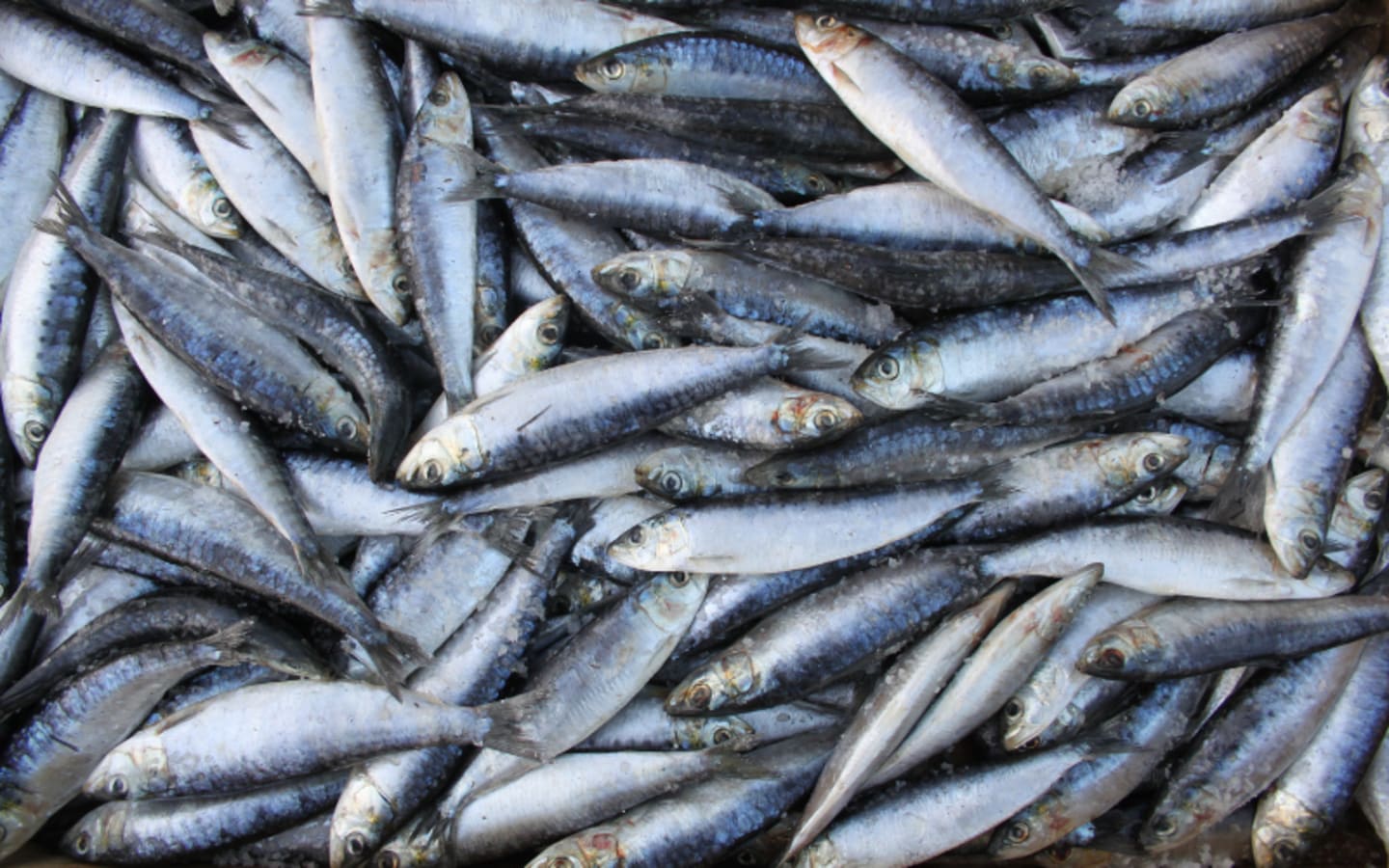The California Department of Fish and Wildlife (CDFW) recently announced a major change for fishermen along the Southern California coast. As of June 13, 2025, the state has lifted restrictions on Pacific sardine fishing, allowing both commercial and recreational harvesters to resume catching these small but mighty fish for human consumption. This decision comes after months of concern over a natural toxin called domoic acid, which had previously made sardines unsafe to eat. For anglers, seafood lovers, and those who make a living from the ocean, this news marks a return to normalcy and an opportunity to get back on the water.
Why Were Sardines Off-Limits?
Earlier this year, the state hit the brakes on sardine fishing from Point Conception down to the Mexico border. The reason? High levels of domoic acid, a neurotoxin produced by certain types of marine algae, were found in Pacific sardines. This toxin can build up in fish and shellfish, posing serious health risks to humans who consume them. In some cases, domoic acid can cause symptoms ranging from nausea and dizziness to severe neurological issues, and in rare instances, it can even be fatal.
The problem came to light after a noticeable increase in marine mammal strandings along the Southern California coast in March 2025. Seals, sea lions, and other animals were washing ashore in alarming numbers, a sign that something was wrong in the ocean. Scientists linked these strandings to a domoic acid bloom, a natural event where toxin-producing algae multiply rapidly. To protect public health, the California Department of Public Health (CDPH) and the Office of Environmental Health Hazard Assessment (OEHHA) stepped in, advising against eating sardines caught in the affected area. As a result, the CDFW restricted sardine harvests to live bait only, halting their use for food.
What Changed?
After months of monitoring, testing, and waiting, the situation has improved. State health officials recently confirmed that domoic acid levels in Pacific sardines have dropped below the federal safety threshold. This means the fish are once again safe for people to eat. The decision to lift the fishing restrictions came directly from the CDFW, with Director Charlton Bonham stating on June 13, 2025, that the OEHHA and CDPH no longer see a significant health risk from consuming sardines caught in Southern California waters.
The decline in domoic acid levels is tied to a decrease in marine mammal strandings, a positive sign that the ocean’s ecosystem is stabilizing. While the earlier algal bloom caused widespread concern, the conditions that fueled it have subsided, allowing fishermen to return to their normal routines. For many, this is a welcome relief after a challenging period of limited harvests.
Why Sardine Fishing Matters
Sardines may be small, but they play a big role in California’s fishing industry and coastal culture. These silvery fish are a staple for commercial fishermen, who supply them to markets, canneries, and restaurants. For recreational anglers, sardines are a popular target, whether used as bait to catch bigger fish or enjoyed as a fresh catch. The lifting of the ban opens the door for both groups to fully engage with this resource again.
Beyond their economic value, sardines are a key part of the marine food web. They’re a primary food source for larger fish, seabirds, and marine mammals, which is why the domoic acid issue raised red flags not just for human health but for the broader ecosystem. The fact that sardine populations are now safe for harvest suggests that the ocean environment is bouncing back, which is good news for everyone who depends on it.
What Fishermen Need to Know
For those eager to cast their nets or lines, the lifting of the sardine fishing restrictions applies to the entire Southern California Bight, from Point Conception to the Mexico border. This area, known for its rich marine life, is a hotspot for sardine schools. Commercial fishermen can now resume harvesting sardines for sale, while recreational anglers can bring home their catch for the dinner table. However, it’s always a good idea to stay informed about any new advisories. The CDFW recommends checking their website or calling the Domoic Acid Fishery Closure Information Line at (831) 649-2883 for the latest updates.
The state’s decision to lift the ban is based on rigorous testing and monitoring, but domoic acid blooms can happen again. These events are often tied to natural factors like ocean temperature and nutrient levels, which can trigger algae growth. Fishermen should keep an eye on local conditions and be ready to adapt if new restrictions are announced in the future.
A Win for Coastal Communities
The return of sardine fishing is more than just a regulatory change—it’s a boost for coastal communities that rely on the ocean for their livelihood and way of life. From San Diego to Santa Barbara, fishermen, seafood processors, and small businesses tied to the industry can breathe a little easier. For those who love the thrill of reeling in a catch or savoring fresh seafood, the news means more opportunities to enjoy what California’s coast has to offer.
The lifting of the sardine fishing restrictions also highlights the importance of science in managing natural resources. By closely monitoring domoic acid levels and marine mammal strandings, state agencies like the CDFW, CDPH, and OEHHA were able to act quickly to protect public health and then reverse course when the danger passed. It’s a reminder of how connected we are to the ocean and the need to stay vigilant about its health.
Looking Ahead
As sardine fishing gets back into full swing, the focus now shifts to making the most of this opportunity while keeping an eye on the future. Fishermen can expect a busy season ahead, with sardines once again available for markets and home kitchens. For those who’ve been waiting to hit the water, now’s the time to gear up and take advantage of the reopened fishery.
The story of California’s sardine fishing ban and its recent lifting is a testament to the resilience of both nature and the people who depend on it. While the domoic acid scare was a setback, the recovery shows that with careful management and a bit of patience, the ocean can bounce back. For now, Southern California’s waters are open for business, and the sardines are ready for the taking.





